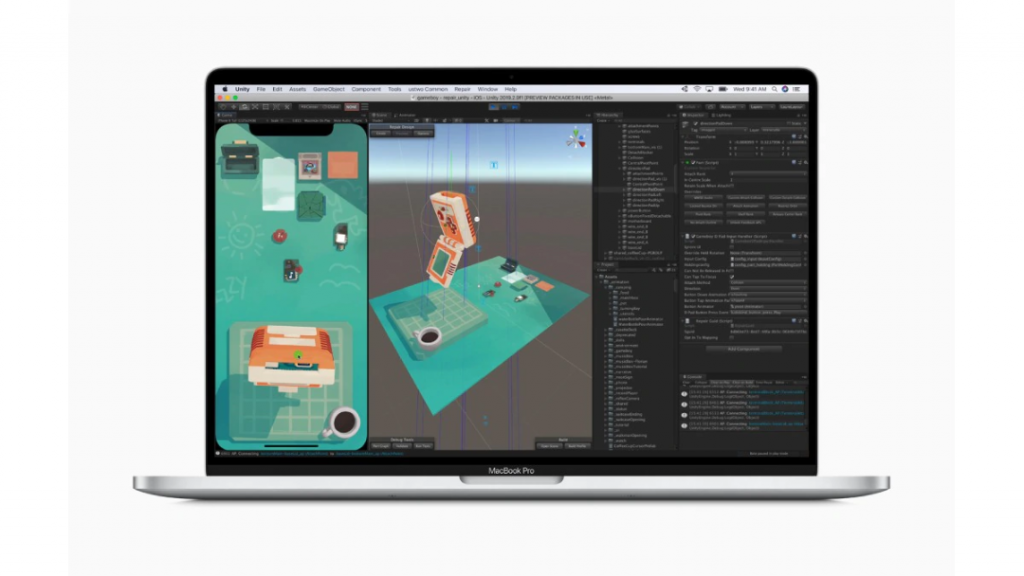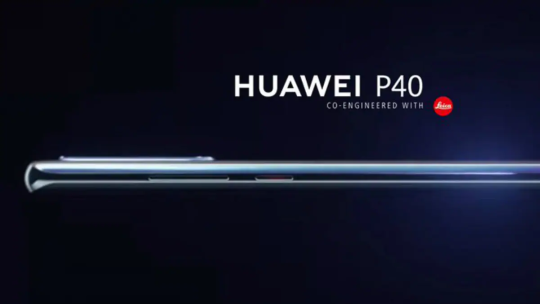Dark clouds loom over the pine forest surrounding Hummelsta, a town of 1,000 people that hasn’t had any local shops for a decade.
Since December, a red wooden container, about the size of a mobile home, has offered a lifeline. It’s a mini supermarket that locals can access round-the-clock.
“We haven’t had any shops here during the time we have been here, and getting this now is perfect,” says 31-year-old Emma Lundqvist who moved to Hummelsta with her boyfriend three years ago. “You don’t need to get into the city to buy this small stuff,” she adds, pointing to the packet of bacon she’s popped in for.
There’s a wide assortment of groceries available, from fresh fruit and vegetables to Swedish household staples like frozen meatballs, crisp breads and wafer bars. But there are no staff or checkouts here.
You open the doors using the company’s app, which works in conjunction with BankID, a secure national identification app operated by Sweden’s banks. Then, you can scan barcodes using your smartphone and the bill is automatically charged to a pre-registered bank card.
The store is part of the Lifvs chain, a Stockholm-based start-up that launched in 2018 with the goal of returning stores to remote rural locations where shops had closed down because they’d struggled to stay profitable.
In Asia several companies including Alibaba are testing unstaffed stores in more urban locations. Amazon has also opened supermarkets in US cities and this month in the UK, which use sensors and cameras to work out what you’ve bought, so there’s not even the need for self-scanning.
But Lifvs co-founder Daniel Lundh saw the opportunity in rural locations: “There were food deserts where people had to travel to the next town or city to pick up their groceries and so we definitely saw that there was a need.”
Alongside skipping the need to pay cashiers, the firm also avoids pricey long-term rental leases. And if there’s less footfall than expected in one location, the wooden containers can easily be picked up and tested elsewhere.
Sweden has a tech-savvy population that isn’t known for small-talk, so it’s easy to see why the model has taken off here, despite critics warning that it would make shopping a less sociable experience. And, during the pandemic when people have been encouraged to limit contact with others, its lack of staff has been a major bonus. The chain has opened 20 new shops in rural neighbourhoods since March last year.
“It’s very safe during corona times,” says Alexander Vidlund, 29, who works for a fishing company and regularly stops off to buy his favourite spicy sausage snack. “It’s a good way to keep a further distance from people. And there’s not the same kind of crowding here as in our big cities.”
Since January, all Swedish supermarkets have, by law, had to limit customer numbers to ensure there’s at least 10 square metres available per person. Lifvs’ technology guarantees that only two people are let into the store at any time.
“Customers like to shop in our store because for one, they can be by themselves. They can come in the middle of the night. And the most important thing is it has less touch points,” says Mr Lundh.
Since the company always knows the identity of who’s in the store at any moment, this limits shoplifting. There are 24-hour surveillance cameras too, which alert the store’s manager Domenica Gerlach if there’s a break-in or a stock spillage.
She looks after four stores in the region, usually visiting once a week to clean, stack the shelves and put together click-and-collect orders made online. Lifvs uses artificial intelligence to work out what stock to order for each store, based on the data it collects about locals’ shopping habits. Customers also receive digital coupons and special offers based on their previous purchases.
“If you go on an e-commerce site they track every movement, every click of your mouse… in a sense we are able to track that too but in a physical store,” explains Mr Lundh. “We don’t have to be here to look at the pineapples to know that it’s not selling, or if it’s selling a lot.”That might sound a bit “Big Brother”. But Sweden already has one of the most cashless economies in the world and high levels of trust in businesses and authorities mean most people aren’t worried about sharing this kind of data.
“I don’t really care that much, I’m just buying potatoes, it doesn’t bother me,” says 21-year-old customer Alice Hellqvist, who’s out shopping for her parents.
Jonas Arnberg, managing director of HUI, a major Swedish consultancy that advises the retail industry, warns one challenge with the model is that it might not be accessible to vulnerable groups such as pensioners who aren’t used to this kind of technology. But he says the pandemic has been a major catalyst for increased digital awareness across age groups.
“The consumer has matured a lot in a digital way during the pandemic. We’ve been shopping online, we’ve worked through video calls and now to go into a store using a digital tool like a mobile phone – I think people are okay with that.”
“I think it’s very easy. It’s like two clicks on the phone,” agrees shopper Ms Hellqvist. “My parents are 60, but they don’t have a problem with it.”As remote working and social distancing continue around the world, demand for local convenience stores is expected to remain high. A recent report for global firm Research and Markets predicted a 6.1% growth in 2021.
Lifvs is planning to launch hundreds more container stores in Sweden in the next few years, following heavy lobbying from other local communities who’ve lost their shops.
There is global interest in the idea, and the company’s mulling whether to share its technology with supermarket chains in other countries or launch more of its own container stores across Europe.
“Any country with a rural area or any country that has this type of lack of service has asked us when we can come to their country and expand… England, Spain, Portugal, Germany,” says Mr Lundh. “We’ll definitely expand outside Sweden in the near future.”
Elsewhere in Sweden, Lifvs has competition from the country’s major supermarket chains ICA and Coop, which have been testing both unmanned stores and hybrid models, with some shops going staff-less during off-peak hours only.
In Stockholm, Coop recently opened an unstaffed convenience store in the same building as Epicenter, a chic glass-flanked co-working and innovation hub in the city centre. While quieter than usual during the pandemic, the idea is that its tech-aware members can feed back on their experiences using the store, and any other new retail technologies Coop wants to experiment with.
“The first time I used [the unmanned store] it took a while to get the idea how it would work,” says Jonny Josef, head of innovation for a Swedish bank based in the building. “I like the idea… it’s not seamless, but I think you could improve it, with face recognition.”
Cecilia Johansson, an entrepreneur working in tech and retail, says the store has been handy during long work days when she needs energy-boosting snacks.
She’s convinced unmanned shops could become mainstream in city centres within five years. “Even though the year of 2020 has been different and people are staying home, I think there is a need for people to have the opportunity to just do really quick and easy purchases while they’re on the run.”
Coop says it hasn’t yet decided how many more unmanned shops to open, but it insists its long-term strategy doesn’t involve mass job cuts. Instead, existing staff will be trained to focus on providing better customer advice and experiences in its biggest stores.
“If you think about an Apple store, if you have noticed how they are built, their ability to create a community – sort-of like a plaza – I think the future of supermarkets is something very similar,” says Amer Mohammed, Coop’s digital director in Sweden.




